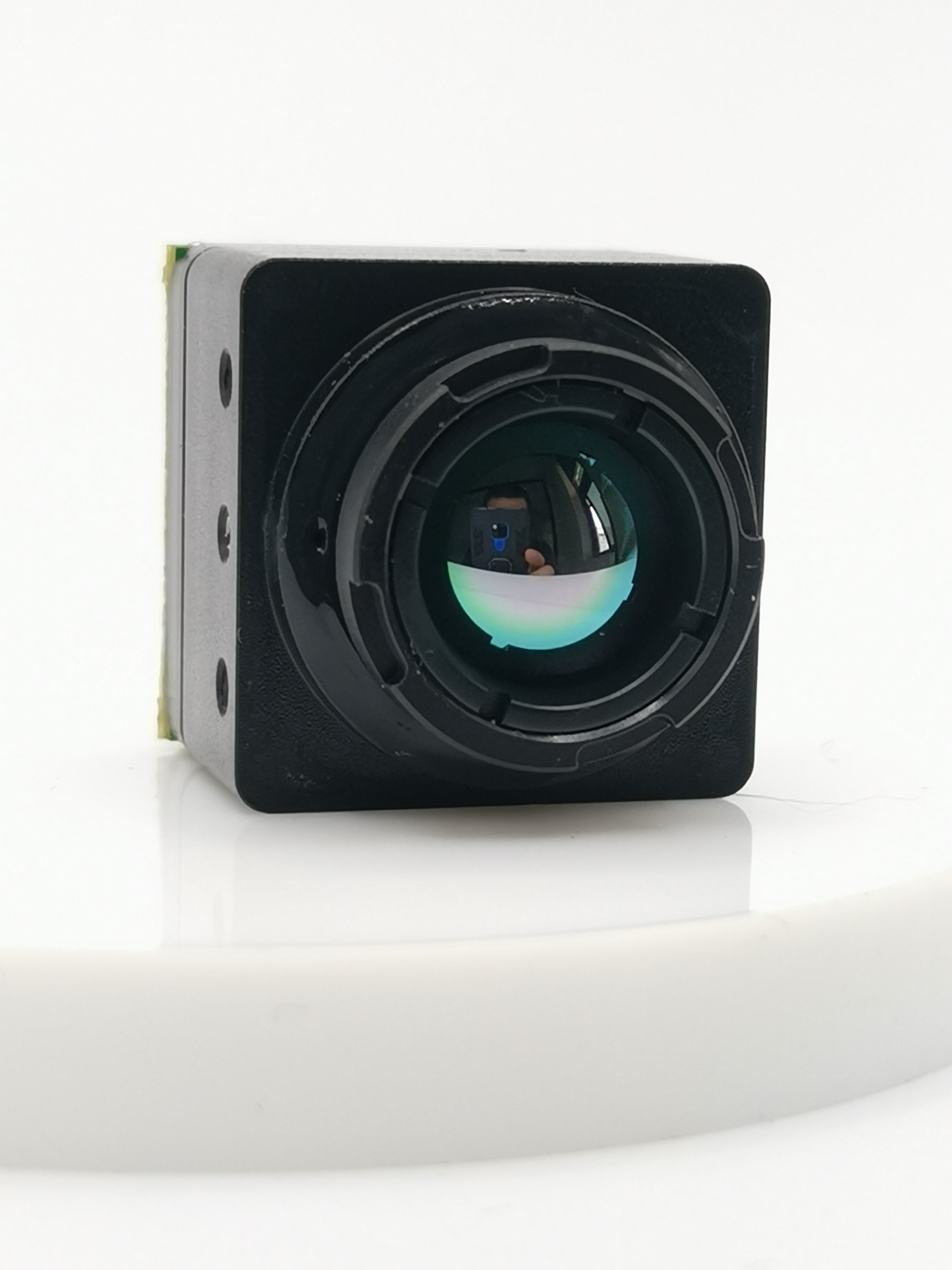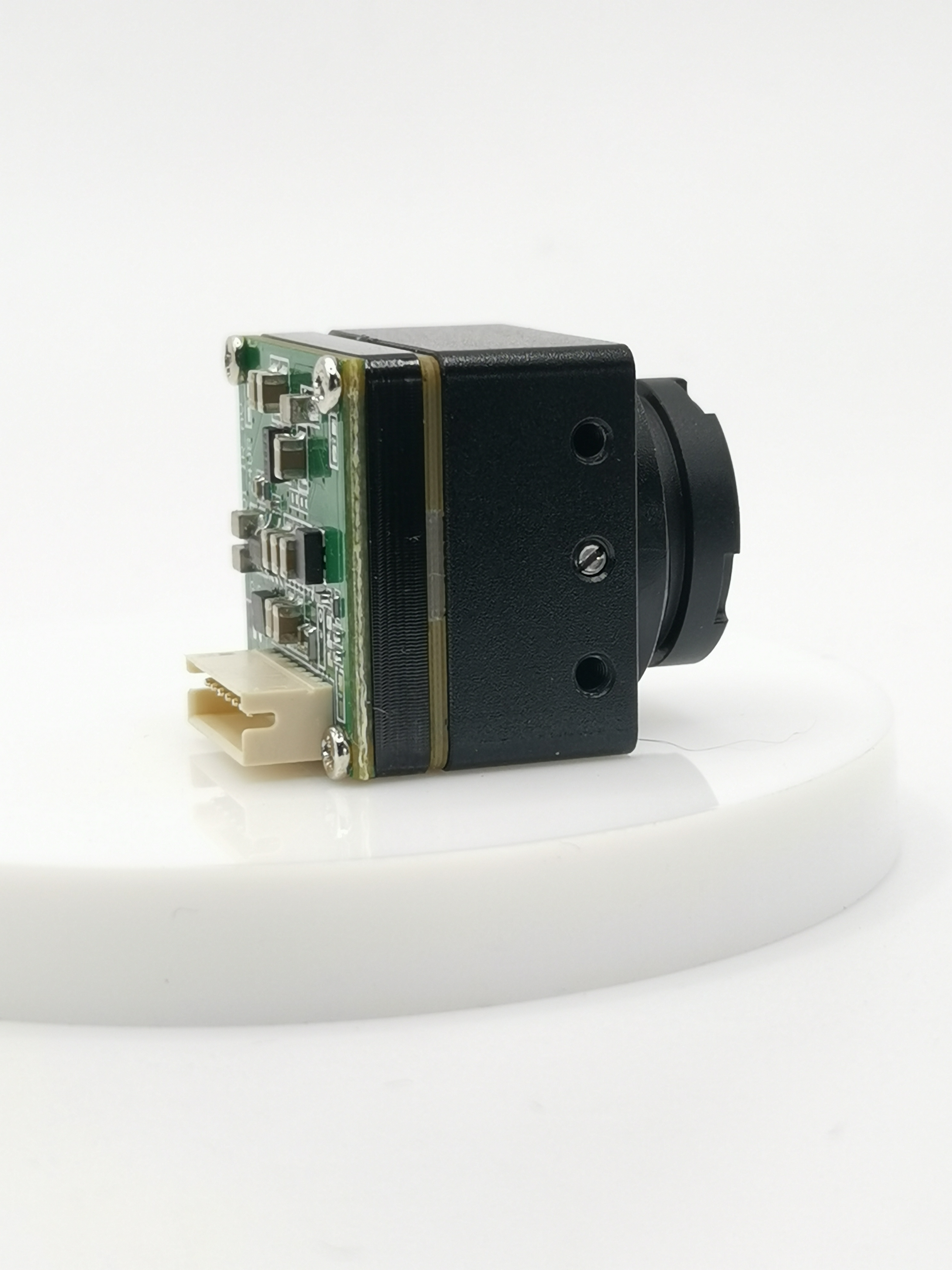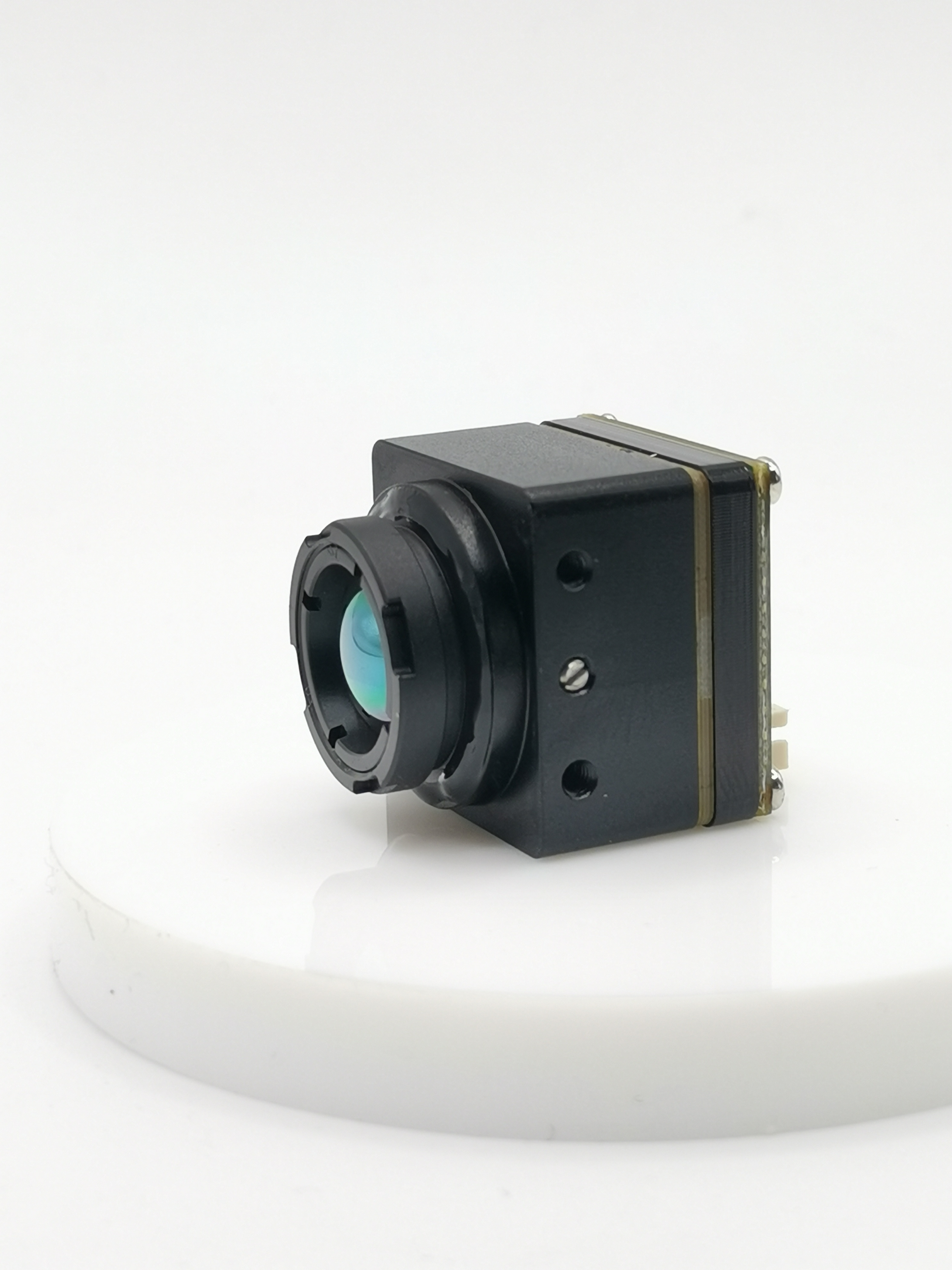How Thermal Imaging Cameras Improve Car Safety

Thermal car camera technology, a cutting-edge innovation in automotive safety, revolutionizes visibility on the road. By detecting heat signatures, thermal cameras enhance night driving and improve object detection in low visibility conditions. This blog delves into how thermal imaging cameras significantly boost car safety by providing around-the-clock visibility based on heat detection. Stay tuned to explore the pivotal role of thermal imaging in enhancing automated decision-making processes and ensuring emergency situations are handled with precision. Additionally, we will touch upon the advancements in thermal drone camera technology and provide insights from thermal imaging camera reviews. Lastly, we will discuss the importance of thermal imaging security in various applications.
How Thermal Imaging Enhances Visibility

When it comes to enhancing visibility on the road, thermal car cameras play a pivotal role in improving safety measures for drivers. By detecting heat signatures, these advanced cameras provide a unique advantage, especially during nighttime driving and in challenging low visibility conditions. Let's delve into how thermal imaging technology significantly enhances visibility and ensures a safer driving experience.
Improved Night Driving
Heat Signature Detection
One of the key advantages of thermal car cameras is their ability to detect heat signatures emitted by objects, allowing drivers to see clearly even in total darkness. Unlike traditional visible cameras, thermal cameras excel in identifying objects based on their heat emissions rather than relying on ambient light. This feature makes them invaluable for night driving scenarios where conventional cameras may struggle to provide clear images.
Comparison with Traditional Cameras
When comparing thermal cameras with visible cameras, the key differences lie in their functionality under different conditions. Thermal cameras are optimal for harsh environments and long-range detection capabilities, making them ideal for 24/7 monitoring requirements. On the other hand, visible cameras are more cost-effective and suitable for standard identification purposes. The superiority of thermal imaging technology becomes evident when navigating through challenging terrains or adverse weather conditions.
Low Visibility Conditions
Fog and Rain
In situations where visibility is compromised due to fog or heavy rain, thermal car cameras shine by cutting through these obstacles with ease. Their ability to detect heat signatures allows them to penetrate environmental elements that might obstruct traditional camera views. By providing a clear picture of the surroundings based on heat emissions, thermal cameras enhance safety by ensuring that drivers can anticipate potential hazards even in adverse weather conditions.
Another critical aspect where thermal imaging technology excels is in pedestrian detection. By utilizing heat signatures emitted by individuals, thermal car cameras can identify pedestrians even when they are not clearly visible to the naked eye or traditional camera systems. This capability significantly reduces the risk of accidents involving pedestrians, especially during low light conditions or when visibility is limited.
Role in Automated Decision-Making
Enhancing automated decision-making processes, thermal imaging technology serves as a critical component in modern vehicle safety systems. By integrating thermal cameras into emergency braking systems, vehicles can achieve faster response times and enhanced object detection capabilities.
Emergency Braking Systems
Faster Response Times
When faced with potential hazards on the road, thermal imaging cameras enable vehicles to react swiftly and effectively. By detecting heat signatures emitted by objects in real-time, these advanced systems provide drivers with immediate alerts, allowing for rapid responses to sudden obstacles or dangers ahead.
Enhanced Object Detection
The utilization of thermal car cameras within emergency braking systems significantly improves object detection accuracy. Unlike traditional sensors that rely solely on visual cues, thermal imaging technology enhances the overall safety features by detecting objects based on their heat emissions. This advanced capability ensures that vehicles can identify and respond to various obstacles, including animals, pedestrians, or other vehicles, even in challenging conditions.
Autonomous Driving
Continuous Monitoring
In the realm of autonomous driving, thermal drone cameras play a pivotal role in continuous monitoring and enhancing overall system reliability. By providing around-the-clock visibility based on heat detection, these cameras contribute to the seamless operation of autonomous vehicles. The continuous monitoring feature ensures that any potential hazards or obstacles are promptly identified and addressed to maintain a safe driving environment.
Integration with Other Sensors
To further enhance the capabilities of autonomous vehicles, thermal imaging technology is integrated with other sensor systems for comprehensive data collection. By combining thermal data with inputs from radar and LiDAR sensors, autonomous vehicles can make informed decisions based on multiple sources of information. This integration ensures a robust safety framework that enables autonomous driving systems to navigate complex road scenarios with precision.
Emergency Situations and Safety

Fire Safety in EVs
Monitoring temperatures is a critical aspect of ensuring fire safety in Electric Vehicles (EVs). Thermal imaging technology plays a pivotal role in this process by detecting variations in heat signatures that could indicate potential issues. By continuously monitoring temperature changes, thermal cameras provide real-time insights into the vehicle's condition, allowing for early detection of any anomalies. This proactive approach enables drivers to address emerging problems promptly, reducing the risk of fire incidents.
Early Detection of Issues
One of the key advantages of thermal imaging cameras in EVs is their ability to detect issues before they escalate into serious threats. By identifying abnormal heat patterns or hotspots within the vehicle's components, these advanced cameras alert drivers to potential malfunctions or overheating risks. This early detection capability not only enhances overall safety but also prevents catastrophic events by enabling timely interventions.
Accident Prevention
Detecting hazards on the road is crucial for accident prevention, especially in challenging conditions where visibility may be limited. Thermal car cameras, with their heat signature detection capabilities, excel at identifying potential dangers that traditional sensors might miss. By scanning the surroundings for heat-emitting objects or obstacles, these cameras provide an additional layer of safety by alerting drivers to potential hazards well in advance.
Real-time Alerts
In emergency situations, real-time alerts are essential for prompt decision-making and action. Thermal imaging technology facilitates this process by providing instantaneous alerts based on detected heat signatures. Whether it's a sudden obstacle on the road or an overheating component within the vehicle, thermal cameras deliver immediate notifications to drivers, enabling them to react swiftly and effectively to prevent accidents.
Fisher, an automotive maintenance and repair professional, emphasizes the importance of having the right tools for diagnosing vehicle issues efficiently. Thermal imaging cameras significantly reduce unnecessary labor costs by swiftly locating problems and solutions. Additionally, Thomas highlights how thermal imaging technology validates customer concerns without invasive procedures. By using infrared light to assess temperature variations, technicians can expedite the repair process and enhance diagnostic accuracy. The future of car safety lies in the continuous advancement of thermal imaging technology, ensuring safer roads for all drivers.
See Also
Innovations in Small Thermal Camera Technology for Drone Applications
Optimizing Drone-Mounted Thermal Cameras for Aerial Surveillance
The Impact of FPV Thermal Cameras on Drone Inspection Processes
Progression of Thermal Imaging Tech for Drone Add-ons in 2024
Prospects of Thermal Imaging Benefits for DJI Drones in 2024
Contact Us: Ms. Coco Huang
E-mail: sales@iasun.cn
WhatsApp/Wechat: +86 13510421923

